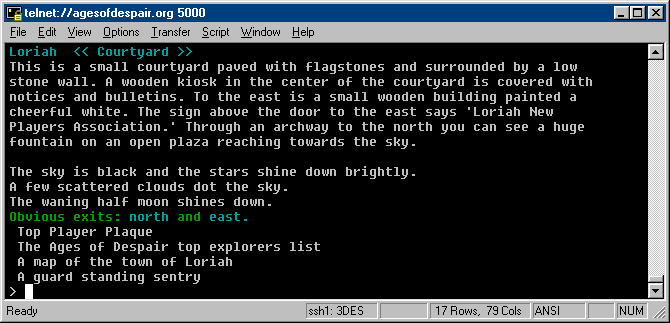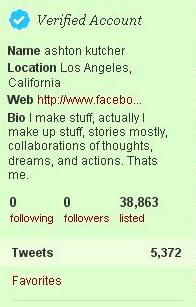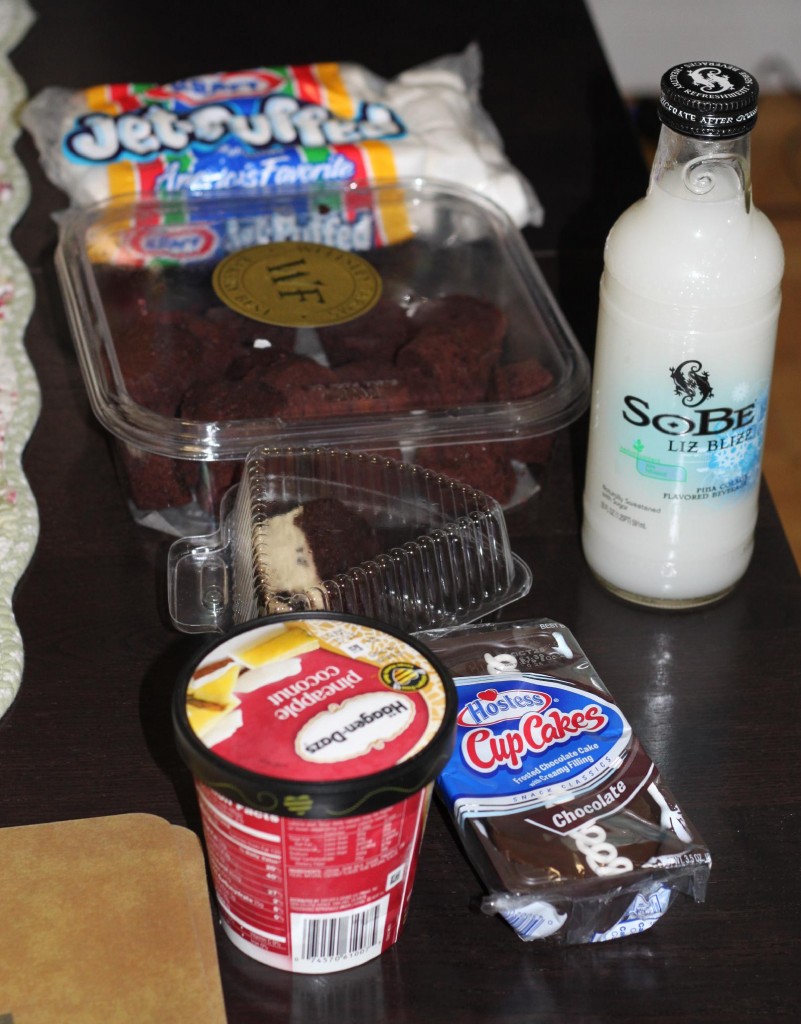Since it’s a four part story, here are links to the other parts.
The Prehistoric Times of Social Media (Part 1 of 4)
The Prehistoric Times of Social Media: The Sting (Part 2 of 4)
The Prehistoric Times of Social Media: Cybercrime (Part 3 of 4)
This is the conclusion of the events that took place in 1991.
One day, right after I logged in as Solarwind, I found myself in a large room filled with wizards. What was going on? A wizard by the name of Destruction (whom I knew and was even my friend!) claimed that they know what I’m up to, that I’m cheating by helping a user. They demanded an explanation!
I was shocked! I got caught! In retrospect, I know they caught me easily. It wasn’t that hard to see that a wizard and a player were constantly together. Turns out that Destruction was sent on a mission to spy on me: he followed me invisibly and saw what I was doing. Of course, there was an easy way for Solarwind to see invisible wizards… but I didn’t know it at the time.
However, my paranoia did pay off. Because I logged in from two separate countries (separate continents, actually), they still believed these are two individuals: one Israeli and one American. I still don’t know how this fooled them: couldn’t they see we never talked? ever? What, we were telepathic?!
So I confessed, yes, I cheated. Yet I still didn’t tell them I was just one person.
The council of wizards told me that my punishment would be given within 24 hours. In retrospect, these wizards were pretty formal… I imagine a group of chubby computer science geeks/student corresponding about technicalities and legalities. Though that was in the “real” world – in the MUD they were powerful and almighty entities.
I believed that they would delete both Solarwind and Thor. Consequently, I still had a day to be a wizard – so I decided to use my powers for good, to make the MUD a better place. From now on, I am not Solarwind… I am Solarhood (y’know, like Robin Hood?). I shall steal from the wealthy and give to the poor.
I went out and found people to help. I went to the shop – which was magically shielded, but could not stop me – and stole all the weapons and armor and gave it away. I created vast amount of gold and gave it to the people. I healed the weak, cured the blind, turned frogs to humans, kissed babies and hugged widows. I did a lot of good things that day. I wanted my downfall to mean something.
Then I bid farewell to Solarwind and logged off.
The next day I connected and heard the following story: apparently the council had no plans of deleting either Solarwind or Thor. They planned to return Thor to – roughly – the state he was in when Solarwind started helping him, and just issue a warning to Solarwind.
However, since I caused quite a riot, they decided to permanently suspend Solarwind (for my nefarious activities. They did NOT approve of my benevolent actions!), and “only” demote Thor to his previous level.
Oh yes, I was told, they had to laboriously go through all the MUD logs and nullify everything I’ve done: cancel all the gold I created, take away all the weapons I handed out. It was hard, but they were able to do it.
All my good deeds were stripped away. Solarhood was caught, the Man won.
I could still log in as Thor but from that moment I lost all motivation to play. I never became a wizard in that MUD. Though, as I briefly mentioned, a few years later I did become one in other MUDs (the internet connection dramatically improved by then – and apparently, most MUDs were vastly easier).
Sometimes I wonder what happened to the real Solarwind. My guess: nothing. I’m pretty confident the original player probably never even heard of this episode. And if he did, he must’ve been quite amused of this story.
Strangely, after these events I took on myself the Solarwind persona. To this day – two decades! – I often register in forums and other sites as Solarwind. I guess I liked the Solarhood aspect so much I decided to take it with me.. It just feels right. Though I do plan to return it if the original Solarwind wants it back…









